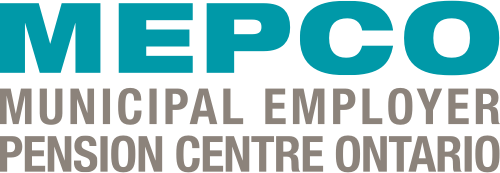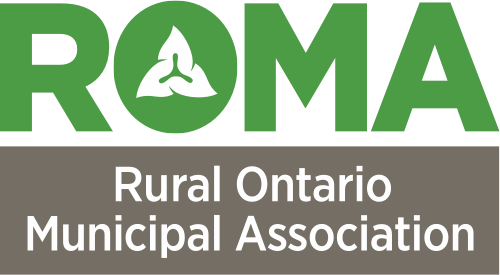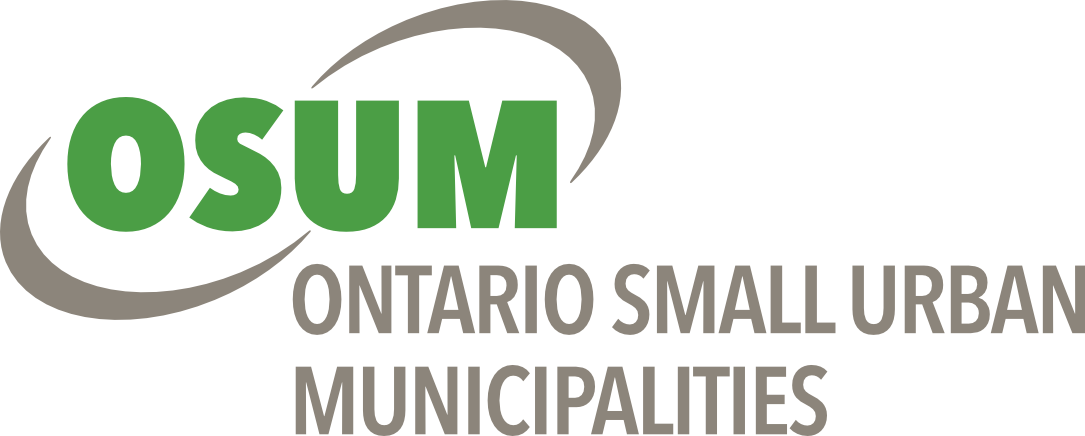Increasing Flood Events Pose Challenges for Canada’s Water Providers
By Mike Van Horne
VP, General Manager, Service Line Warranties of Canada
Climate change is driving a significant rise in the frequency and intensity of flood events across Canada, posing serious challenges for the nation's water providers. These floods can wash out highways, damage buildings, and disrupt water mains and power grids. The underlying science points to rising concentrations of heat-trapping gases in the atmosphere, which increase air temperatures. Warmer air holds more moisture, leading to heavier rainfall and more intense storms. Combined with melting snowpacks, rising sea levels, and shifting weather patterns, these factors create conditions ripe for severe and unpredictable flooding.
The summer of 2024 highlighted the severity of these challenges. In July, Toronto experienced nearly 10 centimeters of rain in just three hours, overwhelming the city's infrastructure and flooding numerous homes and businesses. A month later, Hurricane Debby caused record-breaking flooding in 55 communities across Quebec.
Extreme flooding brings numerous problems for water providers. One major problem is the increased risk of water contamination. Overflowing sewage systems can cause untreated sewage and pollutants to enter rivers, lakes, and groundwater sources, and flood-damaged leaky water mains and sewer lines can allow surface contaminants to mix with the clean water supply.
Excessive rainfall also poses a number of operational challenges. Water treatment plants can be overwhelmed by the volume of water during these events, reducing their ability to effectively treat water and maintain safe drinking water standards, and excess water can hinder the performance of water treatment systems, making it more difficult to remove contaminants and treat water efficiently.
Water and sewer infrastructure, which in many cases is already aging and potentially compromised, can be further taxed by extreme rainfall, which can cause pipes to shift, bend, or break. Sediment, debris, and waste carried by floodwaters can clog sewer lines and storm drains, leading to blockages that disrupt the normal flow of wastewater and stormwater. This infrastructure damage can lead to increased maintenance and repair costs. This can strain municipal resources and lead to longer response times for repairs.
Private water and sewer lines are also vulnerable to the impacts of heavy rain, leading to additional repair costs for homeowners and increased demand on municipal services. In addition to increased potential for blockages, breaks and ruptures, certain pipe materials, such as galvanized steel, may contribute to water discoloration, reduced water pressure, and potential leaching of harmful contaminants.
As customers face increased clogs, breaks, and service interruptions due to extreme weather, the volume of calls to water providers rises, often straining already limited staff resources. Customers might not realize that utilities are not responsible for repairs to private service lines, leading to frustration and dissatisfaction with the provider during times of high stress.
Service Line Warranties of Canada by HomeServe partners with municipalities to offer optional protection plans for homeowners. These plans expedite and cover the cost of repairing or replacing private-side exterior water and sewer lines, as well as interior plumbing and drainage lines. The program also includes homeowner education to clarify service line responsibilities and provide guidance on resolving issues through the provider’s services. Claims are handled by a network of licensed, local plumbers, fostering local business growth, and supporting communities in managing the impacts of extreme weather.
For more information, please visit the LAS Sewer and Water Line Warranty Service webpage.





